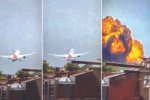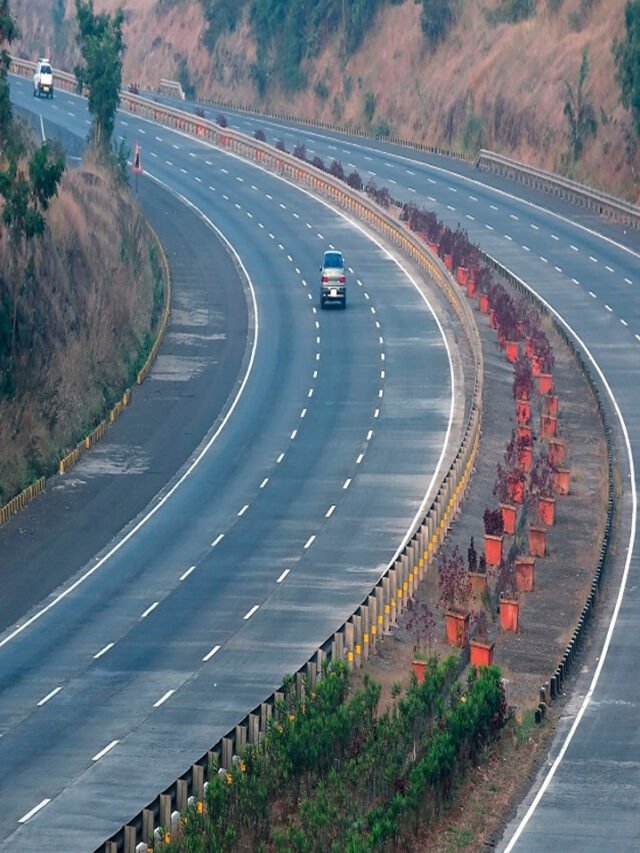NEW DELHI, July 12: Seconds before Air India flight 171 crashed while ascending from Ahmedabad, the fuel control switches of both its engines were cut off, a preliminary investigation report said on Saturday, suggesting a catastrophic pilot error in the cockpit of the Boeing 787 Dreamliner.
The Airlines Pilots Association of India disagreed with the report, saying the investigation is “shrouded in secrecy,” appears to be biased against the pilot and has come to a conclusion hastily.
A 15-page preliminary investigation report into the disaster revealed fuel-control switches of the two engines moved from the “run” to the “cutoff” position, within the space of one second, leading to immediate loss of altitude.
In the cockpit voice recording, one pilot is heard asking the other why he cut off the fuel. The other denied having done so.
The report by Aircraft Accident Investigation Bureau (AIIB), released early on Saturday, neither concluded any reason for the switches moving nor apportioned explicit blame for the crash.
It also did not identify the pilots in the voice recording. But it also said no fault was found in the aircraft, leaving only the possibility of pilot error as the cause.
At the controls was First Officer Clive Kunder, 32, while Sumeet Sabharwal, a veteran with 30 years of experience at Air India, was the senior cockpit occupant in command monitoring the flight.
The report, however, referenced a 2018 airworthiness bulletin by the US Federal Aviation Administration that said fuel switches had been installed on Boeing 737s, a smaller model, “with the locking feature disengaged”. The locking mechanism was similar on various Boeing aeroplane models, including certain 787s, it said.
Air India did not carry out inspections recommended in the 2018 FAA advisory on fuel control switch safety, as the bulletin was classified as “non-mandatory”, the report said.
It wasn’t immediately clear if this had any link to the accident. The report provided the first detailed account of the fateful 32 seconds between takeoff in Ahmedabad and the crash into a medical college hostel just outside the airport perimeter, killing all but one of the 242 onboard and another 19 on the ground in the deadliest aviation accident in a decade.
The report did not provide any clues to why and by whom the two fuel switches were moved to a cut-off position as the plane nosed into the air, starving the two engines of the thrust needed for the lift. It ruled out any bird hit or fuel contamination.
According to a chronology laid out in the report, both fuel cutoff switches moved from RUN to CUTOFF, one second apart, almost immediately after takeoff. Ram Air Turbine (RAT) pump was deployed to supply hydraulic power as both engines fell below the minimum idle rate.
About 10 seconds later, Engine 1 fuel cutoff switch moved to its so-called RUN position, followed by Engine 2 four seconds later.
The pilots managed to relight both engines, but only Engine 1 recovered while Engine 2 failed to build up enough power again to reverse deceleration. One of the pilots issued a “Mayday, Mayday, Mayday” distress call, but before air traffic controllers could get a response about what had gone wrong, the plane crashed just outside the Ahmedabad airport boundary having grazed some trees before plunging into a hostel packed with students.
The time between the takeoff and the crash was only 32 seconds. The preliminary report recommended no action for now for the operators of Boeing 787-8 planes. In a statement, Air India said that it “stands in solidarity with the families and those affected” and “[continues] to mourn the loss” of those killed in the accident.
Air India said it was “working closely with stakeholders, including regulators” and “continue to fully cooperate with the AAIB and other authorities as their investigation progresses.”
On its part, Boeing said: “Our thoughts remain with the loved ones of the passengers and crew on board Air India Flight 171, as well as everyone affected on the ground in Ahmedabad. We continue to support the investigation and our customers.”
The US National Transportation Safety Board noted that there were no recommended actions in the report aimed at operators of Boeing 787 jets or the GE engines.
The ill-fated flight was commanded by Sumeet Sabharwal, 56, a veteran with 30 years of experience at Air India. He had logged 15,638 flying hours, including 8,596 on the Boeing 787. He was also an Air India instructor. His co-pilot was Clive Kunder, 32, who had 3,403 hours of total experience, with 1,128 hours on the Dreamliner.
Kunder was the pilot flying, while Sabharwal was the pilot monitoring.
The crew had passed pre-flight breathalyser tests and were seen at the gate on CCTV before they took off, the report adds.
The June 12 accident was India’s worst aviation disaster in almost three decades and the industry’s deadliest in 11 years, as well as the first fatal accident involving a Boeing Dreamliner.
The investigation was conducted with assistance from the UK’s Air Accident Investigation Branch and the US National Transportation Safety Board.
Aviation experts have said it is difficult for pilots to inadvertently move the fuel switches, as there is a little mechanical gate built into the switch. Switches need to be lifted up over this little gate to shut off supply. They also asked why the report made no reference to cockpit camera footage.
Fuel switches are devices that regulate the flow of fuel into the engine of an aeroplane. Pilots use them to start or shut down engines on the ground or during a flight in case of an engine failure. They are spring-loaded to remain in position. To change fuel supply, a pilot has to first pull the switch up and then move it from RUN to CUTOFF or vice versa.
“The aircraft achieved the maximum recorded airspeed of 180 Knots IAS at about 08:08:42 UTC (13.38 IST) and immediately thereafter, the Engine 1 and Engine 2 fuel cutoff switches transitioned from RUN to CUTOFF position one after another with a time gap of 01 sec,” the report said.
As per the report, the engine N1 and N2 began to decrease from their take-off values as the fuel supply to the engines was cut off.
“In the cockpit voice recording, one of the pilots is heard asking the other why did he cutoff. The other pilot responded that he did not do so,” it said.
Almost immediately after the plane lifted off the ground, CCTV footage shows a backup energy source called a ram air turbine had deployed, indicating a loss of power from the engines.
The report provided only a limited picture of the interaction between the two pilots in the flight deck.
The report said both fuel switches were found in the run position at the crash site and that there had been indications of both engines relighting before the low-altitude crash.
It said the aircraft took off at 08:08:39 UTC (13:38:39 IST) and at about 08:09:05 UTC (13:39:05 IST) one of the pilots transmitted ‘MAYDAY MAYDAY MAYDAY’.
“The ATCO (Air Traffic Controller) enquired about the call sign. ATCO did not get any response but observed the aircraft crashing outside the airport boundary and activated the emergency response,” the report said.
AAIB also said fuel samples taken from bowsers and tanks used to refuel the aircraft were tested at the DGCA (Directorate General of Civil Aviation) Lab and were found satisfactory.
The preliminary report was widely anticipated to throw more light on what could have led to the crash, which was one of the worst in India in decades, and also it was the first accident involving a Boeing 787 aircraft that resulted in hull loss.
The AAIB said the wreckage site activities, including drone photography/ videography have been completed and the wreckage has been moved to a secure area near the airport.
“Both engines were retrieved from the wreckage site and quarantined at a hangar in the airport. Components of interest for further examinations have been identified and quarantined,” it said.
The AAIB is gathering additional details based on initial leads and data downloaded from the forward Enhanced Airborne Flight Recorder (EAFR) is being analysed.
“At this stage of investigation, there are no recommended actions to B787-8 and/or GE GEnx-1B engine operators and manufacturers,” the report said.
The plane that crashed was powered by GEnx-1B engines.
Statements of the witnesses and the surviving passenger have been obtained by the Investigators.
The complete analysis of post-mortem reports of the crew and the passengers is being undertaken to corroborate aeromedical findings with the engineering appreciation, the AAIB said.
The probe is continuing and the investigation team will review and examine additional evidence, records and information that is being sought from the stakeholders.
There were 230 passengers on board — 15 in the business class and 215, including two infants, in economy class. (PTI)












